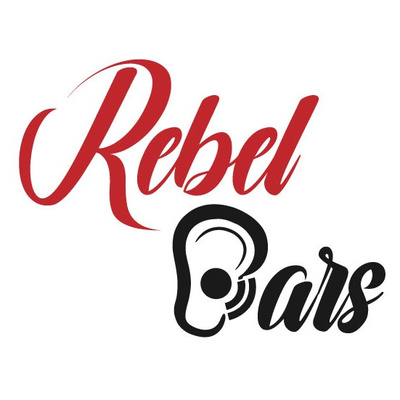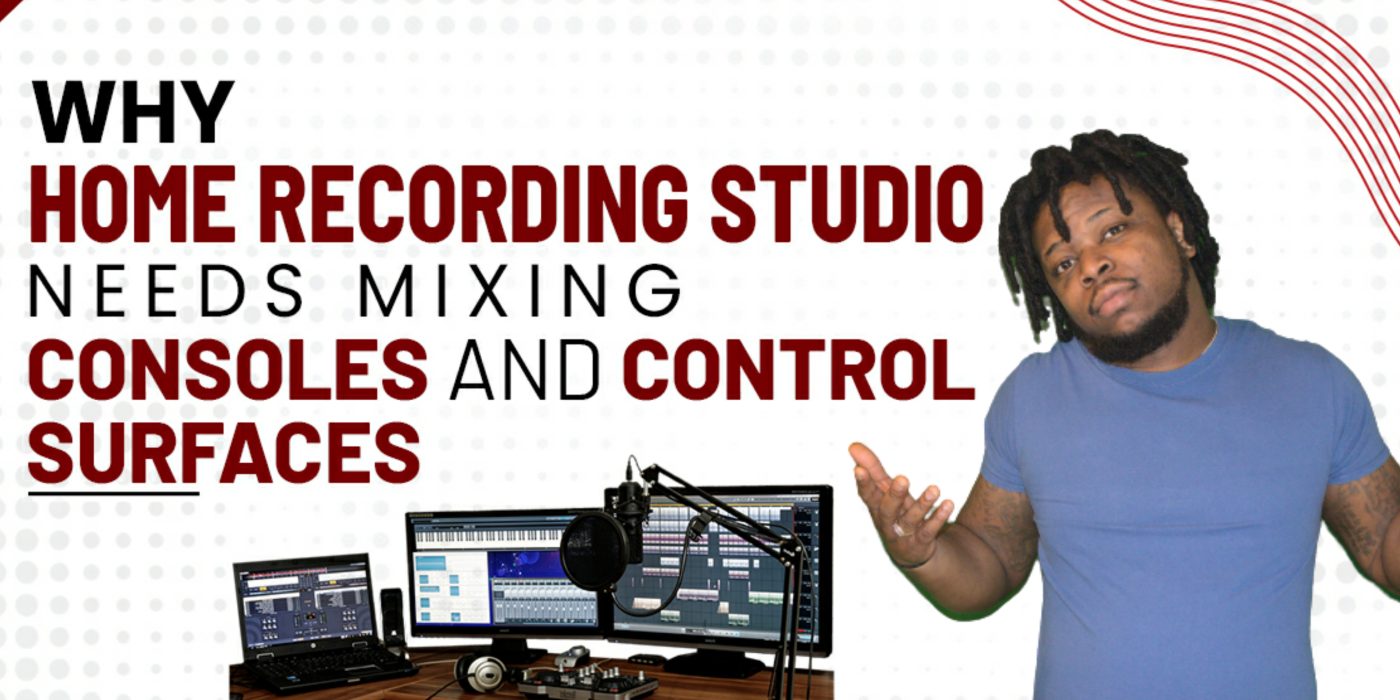Blog
Why Home Recording Studio Needs Mixing Consoles and Control Surfaces
In music/audio production, one of the most important devices is a control surface. The name control surface should suggest a great deal about what this device can do upon first glance, however, this article will further highlight specifics about the uses and functions of control surfaces, consoles, and how they play pivotal roles in digital and analog music/audio production.
A control surface is a device that allows users to control a Digital Audio Workstation (DAW) and other digital audio software/applications. In the audio production space, it is usually called a Human Interface Device (HID). The Digital Audio Workstation works as complex software that performs a multifunction role in an audio production chain, and the control surface plays a very important role in this chain as it is used to control many aspects of the production process including limited samplers, signal processors, sequencers, and DJ software.
Control Surfaces are usually designed by manufacturers to perform different functions hence, they usually vary in shape, number, size, and what they control. Some control surfaces have faders and knobs which are similar to that of the mixing console, while others have buttons that are assigned to specific parameters in different software. Although a control surface may look like, or feel like a mixing console, it performs an entirely different function from the mixing console. Don’t fret! The similarities and differences will be carefully explained so that you can be able to understand the separately.
Control surfaces are usually connected to the computer through the Ethernet, USB, or firewall cabling. It performs the basic function of controlling a DAW on the computer. If you think of the DAW as a car, then, the control surface is the steering wheel. By flipping a fader or turning a knob, certain parameters that have been assigned to it on the DAW software are modified. On its own, the DAW cannot make those modifications except it gets its commands from the control surface. The control surface can also be said to perform the same function as our computer mouse on a DAW.
In some instances, navigating a DAW with a control surface may be a daunting task as one may need to get around all editable parameters of the DAW unlike with the mouse where you’ll only need to point, drag or click. Some plugins allow typing and double-clicking because control surfaces cannot perform every function the mouse can perform on a DAW. To simply put it, using a control surface is equivalent to using a separate mouse to perform most tasks that you can perform on your DAW. Talk about having a steering wheel and extra gear. Control surfaces do not pass the AUDIO signal, meaning they do not emulate, add to, or create sound. They only control parameters inside the DAW/software, not affecting the SOUND of the project. Just think of control surfaces as a way to maximize your workflow.
While that explains control surfaces, let us examine the mixing console.
A mixing console operates differently from a control surface as it is used to manage, convert, combine, balance, and distribute electric signal to audio signal on the DAW. Mixing consoles work with faders and knobs which are similar to that of some control surfaces, however, they do not control the DAW because they are not usually connected to the computer. Mixing consoles streamline all the audio channels separately in the DAW so that each one can be received distinctly on the computer. The audio that is generated from the DAW is usually received in the console as an electric signal which is then altered as needed on each channel of the mixing console.
The mixing console also performs the function of routing these signals to other gears and returning them later so they can be summed up. Consoles can be analog or digital, which we will discuss more along with this article. Consoles usually come with some type of effects (eq, comp) embedded into each channel strip and the master bus as well. People usually decide the consoles they choose due to the audio quality, effects, and preamps that come inside the console. Consoles can manipulate, add to, or create a sound.
What Differentiates a Mixing Console From a Control Surface?
The major difference between a mixing console and the control surface regards audio. While audio is transported through the mixing console, it does not pass through the control surface at all. Another important difference between the mixing console and the control surface is evident when you consider that the mixing console has preamps and input ports for microphones and other instruments, while the control surface does not have any of these things. The control surface is used to command a DAW recording software-based mixer but, it is not a mixer.
For better emphasis, when you look at a MIDI keyboard, you cannot really call it a piano. That can be used as audio control surfaces too as they are not real mixers. Control surfaces work by controlling the mixer software available on the computer with the aid of MIDI commands. This is the same technique that guides the operation of piano samples in a synthesizer. Control surfaces do not convert or amplify signals, but they only interact with the DAW’s software.
A mixing console or mixer is an electronic device that picks various audio sources through its input channels, adjusts the audio level and other elements of the sound, then, combines and routes the sound to a lesser number of outputs. Say, for example, it picks the audio signal from a performer, then it tweaks and adds effects, combines them, and routes them to either a mono or stereo output and other aux channels, that is when they can now be amplified with a PA system.
We have two types of mixing consoles and they are analog and digital mixing consoles. Some of the mixing console controls include the channels, inputs, inserts, gain, EQ, Auxiliary Sends, Pan, Mute, Channel Faders, Master Faders, and Master Outputs.
I hope you enjoyed another reading brought to you by Rebelears.com
For more blogs, podcasts and other tips please visit rebelears.com and don’t forget to check out our free downloads and products for purchase. Thank you,
Until next time… REFUSE TO SOUND ORDINARY!

